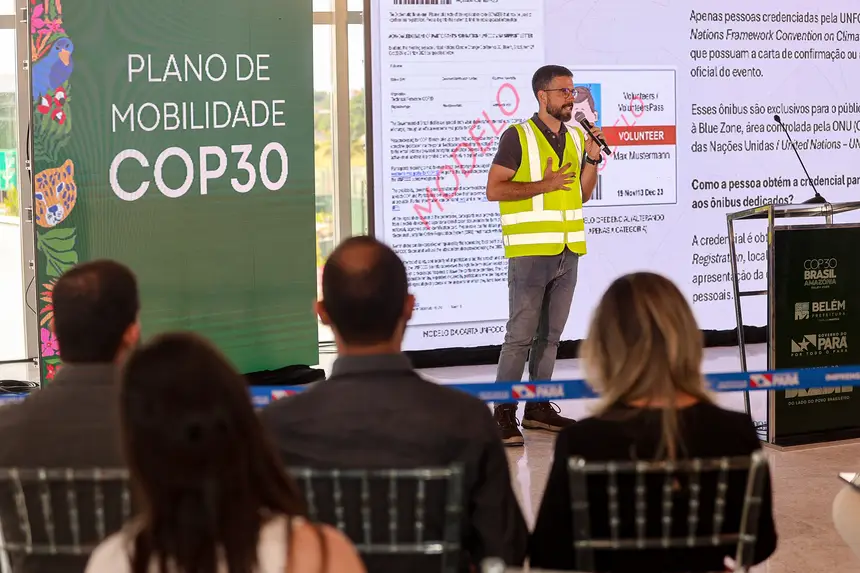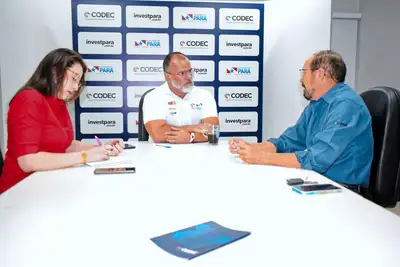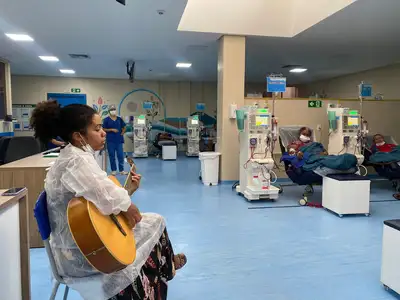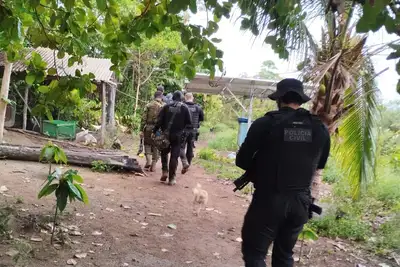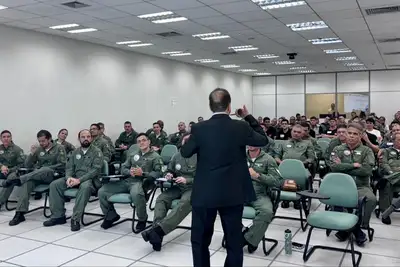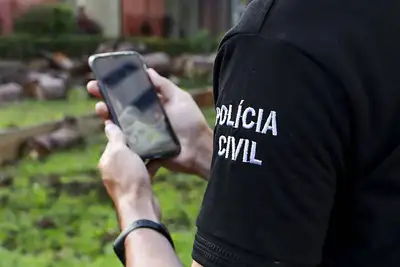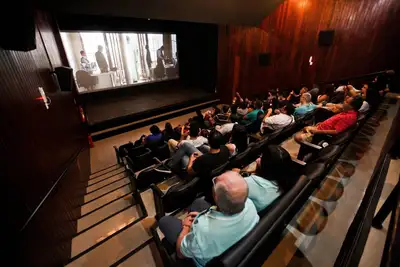The Government of Pará presents a mobility and security plan for the pre-sessions, Leaders' Summit, and COP30
Blockades, alternative routes, and resident accreditation will organize traffic around the City Park from November 2 to 21, with 24-hour monitoring and increased personnel.
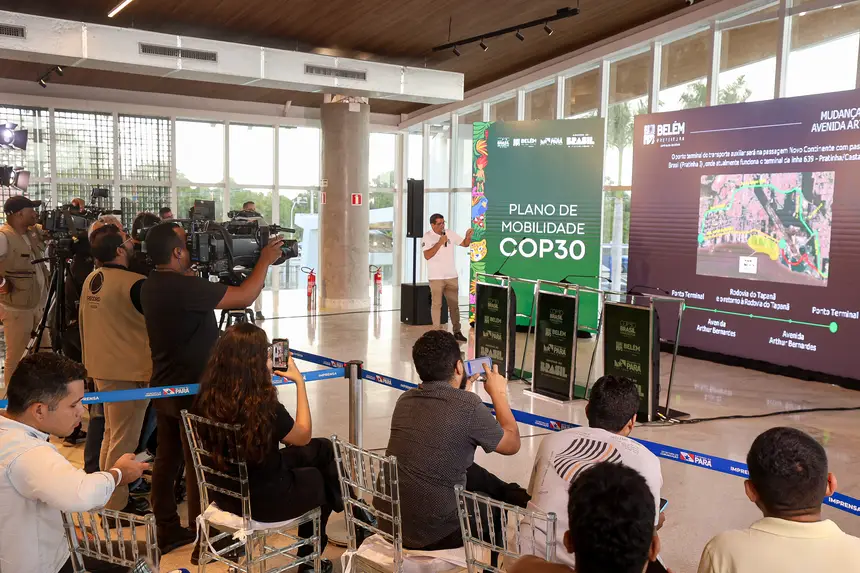
The Government of Pará presented, this Wednesday (30), the mobility and security plan that will be implemented during the pre-sessions, the Leaders' Summit, and the 30th United Nations Climate Change Conference (COP30). The scheme was detailed by the Secretary of State for Public Security and Social Defense (Segup), Ualame Machado, alongside the head of Mobility Operations for COP 30 from SECOP, Luís Guilherme Martins, and the Director of Transport from the Municipal Secretary of Security, Public Order, and Mobility of Belém (Segbel), Isaías Reis.
The plan integrates federal, state, and municipal forces, with the participation of around 20,000 agents, including 10,000 from state and municipal public security, 2,500 from the Federal and Federal Highway Police, in addition to 7,000 military personnel from the Armed Forces. All work will be monitored in real-time by the Regional Integrated Security Executive Committee (CESIR) and the Escort Center, installed at the Segup headquarters to align information and monitor security and mobility operations.
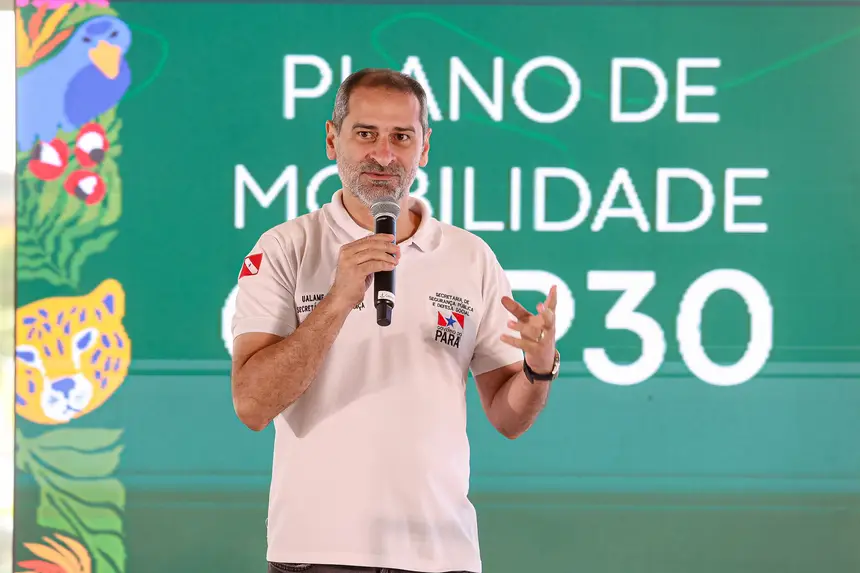
“The entire mobility and security plan involved the State Government, the Federal Government, and the Municipal City Hall, with more than 20,000 personnel to ensure public safety throughout the period of the events that will take place at the City Park, starting on November 4 with the pre-sessions of COP30, followed by the Leaders' Summit, which will have the highest access restrictions to various city roads, and the climate conference itself,” explained Ualame Machado.
Interdictions and alternative routes
From November 2 to 21, some roads in Belém will be completely blocked to organize circulation around the City Park and ensure safe access for participants. The blockades include sections of Júlio César Avenue (between Elevado Daniel Berg and Almirante Barroso), Dr. Freitas (between Rômulo Maiorana and Visconde de Inhaúma), Duque de Caxias (between Trav. Alferes Costa and Dr. Freitas), and Brigadeiro Protásio. These areas will form the secure perimeter of the City Park. Almirante Barroso, Senador Lemos, and Pedro Álvares Cabral avenues will remain open for general traffic, serving as the main alternative routes.
Other roads will have temporary blockades, mainly between November 4 and 9, during the Leaders' Summit, only at the times of the passage of official convoys. These momentary interdictions may occur on Duque de Caxias, José Malcher, Magalhães Barata, Domingos Marreiros, Almirante Barroso, Augusto Montenegro (BRT lane), Travessa Castelo Branco, and roads near the Air Base, during the boarding and disembarking of authorities.
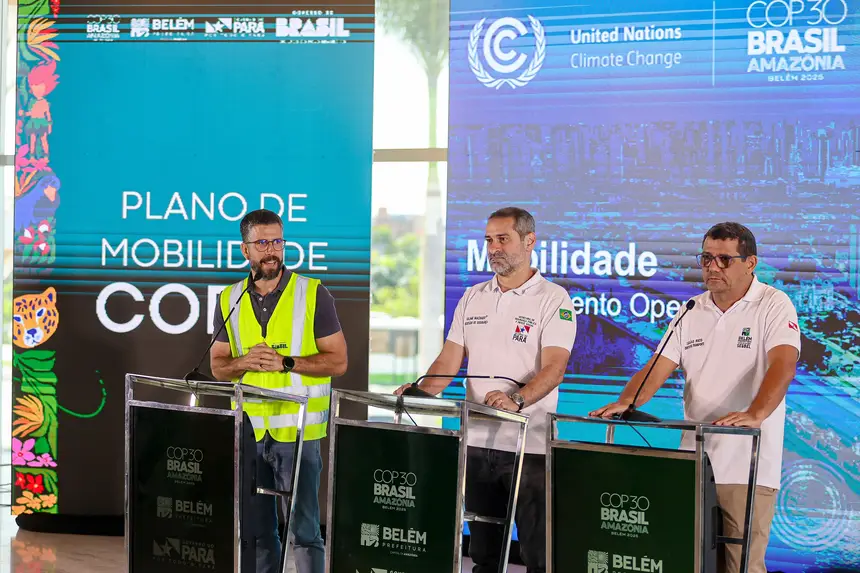
Accreditation of residents and merchants
Those who live or work in blocked areas will have guaranteed access through simple accreditation, by presenting proof of residence or employment. The organizing teams are visiting properties in the areas of total interdiction to carry out the registration.
“All residents who will be impacted in this perimeter have received a visit from the Segup team, including the Social Prevention Directorate. The team registered residents and workers from the local commerce. Those who were not registered for any specific reason and need to access the area must prove that they live or work there,” highlighted Secretary Ualame Machado.
Direct communication with the population
To facilitate the routine of those circulating in the city, the Government of Pará and Detran are sending informative messages via WhatsApp with guidance on the blockades. The action reaches over 420,000 contacts in Greater Belém, reinforcing the direct communication channel with citizens.
Exclusive COP30 transport
For the exclusive transport of participants, there will be a dedicated corridor with 15 lines operating about 250 buses and 112 exclusive stops, connecting the main lodging and service points. Boarding will only be allowed for those accredited by the UN, upon presentation of the event badge or confirmation letter of registration.
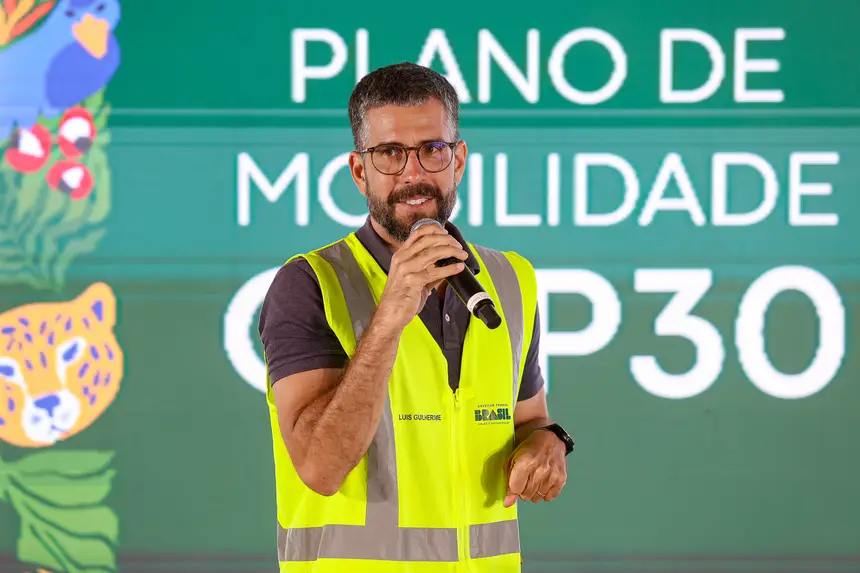
“These vehicles will operate within a whole logistics plan that has been prepared, which goes from the Port of Outeiro, where participants will be accommodated on cruise ships, to downtown Belém, heading to the Blue Zone. They will be free for all UN-accredited individuals, whether delegates, heads of state, journalists, security personnel, or volunteers,” explained Luís Guilherme Martins.
Regular public transport
The Director of Transport from Segbel, Isaías Reis, presented the municipal mobility plan for the event, built based on technical studies and flow analyses, reconciling the demands of the international event with the daily needs of the city. “Since the beginning of the year, Segbel, together with security and mobility agencies, has been conducting tests and simulations for the detours of regular lines, aiming to ensure the safety of the population and the national and international delegations that will be present at the event. This work also safeguards the full provision of public transport services, serving both the population and visitors during the event,” he emphasized.


